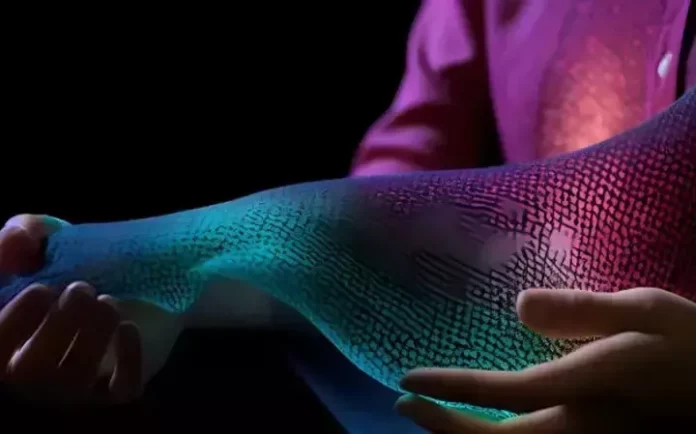
Imagine a shirt that monitors your heart rate and alerts your doctor to irregularities. A jacket that charges your phone with solar power, or a dress that changes color based on your mood. This isn’t science fiction; it’s the reality of smart textiles. This is a revolutionary fusion of fashion, engineering, and digital technology that is transforming clothing from a passive necessity into an active, intelligent part of our lives.
Smart textiles, also known as e-textiles or smart fabrics, are materials embedded with electronic components like sensors, microprocessors, and conductive fibers that enable them to sense, respond, and adapt to stimuli from the wearer or the environment. This integration goes far beyond simple aesthetics, turning a garment into a utilitarian, interactive tool.
The Technology Woven into the Fabric
The magic of smart textiles lies in their ability to seamlessly integrate complex tech into soft, flexible, and comfortable fabric structures. This is achieved through a mix of advanced materials and micro-engineering techniques:
- Conductive Threads and Fibers: These replace traditional wiring, allowing electrical signals to flow through the fabric itself. Materials like silver or nickel threads are woven or knitted directly into the textile structure.
- Integrated Sensors and Actuators: Miniaturized sensors are embedded to detect changes in the wearer’s body (like heart rate, temperature, or muscle activity) or the environment (like UV radiation or sound). Actuators, on the other hand, are components that respond to these stimuli, perhaps by heating, cooling, or emitting light.
- Functional Materials: This includes Phase Change Materials (PCMs) that absorb, store, and release heat to regulate body temperature, and Thermochromic or Photochromic materials that change color in response to temperature or light.
- Flexible Electronics and IoT Integration: To ensure durability and washability, the electronics are often flexible. Furthermore, Internet of Things (IoT) connectivity allows these smart garments to communicate wirelessly with smartphones and cloud platforms, enabling real-time data monitoring and control.
- Nanotechnology: Applying nanotechnology allows fabrics to be engineered at a molecular level, providing them with enhanced properties like water repellency, antimicrobial effects, or increased conductivity.
Classifications: The Three Generations of Smartness

Smart textiles are generally categorized into three types based on their complexity and functionality:
- Passive Smart Textiles: These are the simplest, capable only of sensing the environment without actively responding. Examples include UV-protective clothing and moisture-wicking athletic wear.
- Active Smart Textiles: These go a step further by both sensing and responding to stimuli. Examples include thermoregulating fabrics that adjust to body temperature or fabrics that change color when exposed to heat.
- Ultra-Smart Textiles (Very Smart Textiles): These are the most advanced, integrating sophisticated technologies like AI and IoT to sense, process, and autonomously react to multiple inputs. Health-monitoring garments that track vital signs and sync with a medical app fall into this category.
Smart Textiles in the Fashion Industry: Beyond the Runway
The impact of smart textiles on fashion is twofold: enhancing aesthetic appeal and dramatically boosting performance and utility.
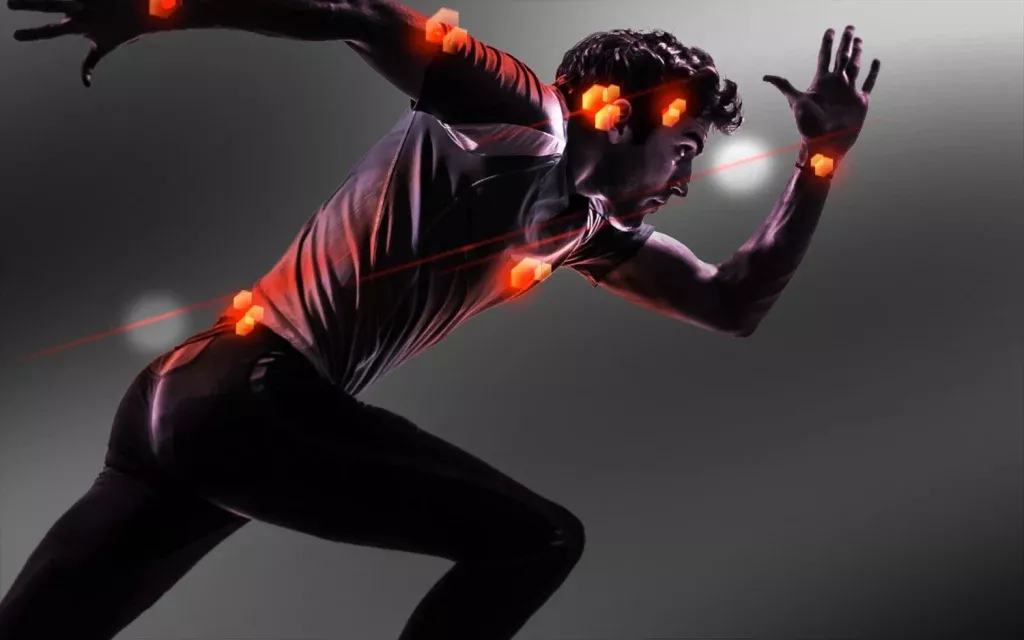
Aesthetic and Interactive Fashion
Designers now use smart fabrics to create clothing that moves, reacts, and communicates.
- Illuminated Apparel: Garments woven with LEDs or electroluminescent fibers light up or change patterns in sync with music or movement.
- Color-Changing Designs: Thermochromic and photochromic dyes shift hues with body heat or sunlight, making clothing a living canvas.
- Gesture Control: E-textiles with touch-sensitive grids let wearers control devices like changing a song or taking a call with a tap on their sleeve.
Performance and Utilitarian Clothing
Beyond aesthetics, smart textiles are redefining comfort, health, and performance.
- Health Monitoring: Biosensor-infused garments track heart rate, respiration, and body temperature, aiding athletes, patients, and elders alike.
- Adaptive Temperature Regulation: Fabrics with phase-change materials or heating elements maintain optimal body temperature in varying conditions.
- Injury Prevention and Posture Support: EMG-enabled apparel analyzes muscle activity and form, offering real-time feedback to prevent strain and improve performance.
The Pioneers: Fashion Designers and Brands
Several high-fashion houses and innovative brands are at the forefront of this revolution, proving that technology and high-end design can coexist:
- CuteCircuit: Widely regarded as one of the world’s first wearable technology fashion brands, CuteCircuit specializes in LED-embedded gowns and clothing that light up or display social media messages, such as the SoundShirt for the deaf community.
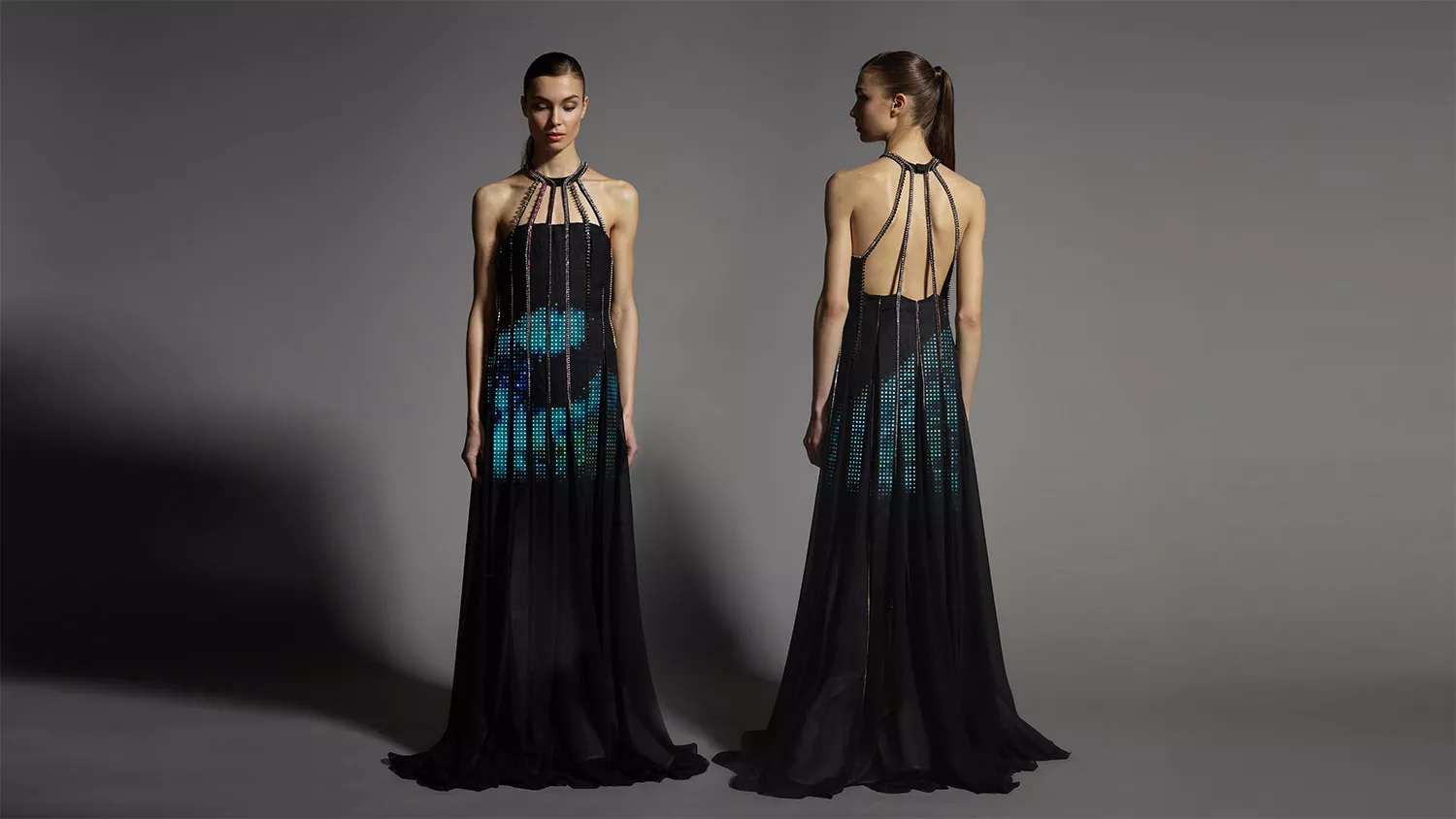
2016 CuteCircuit’s MFA Dress | CC - Google’s Project Jacquard in collaboration with Levi’s: This partnership resulted in a smart jacket where a conductive patch woven into the cuff allows the wearer to control their phone with gestures.

Smart Denim Jacket Launched by Levi’s | Torisetsu - Ralph Lauren: The brand launched the PoloTech smart shirt, which uses conductive fibers to monitor vital signs and send the data to a smartphone app for analysis.
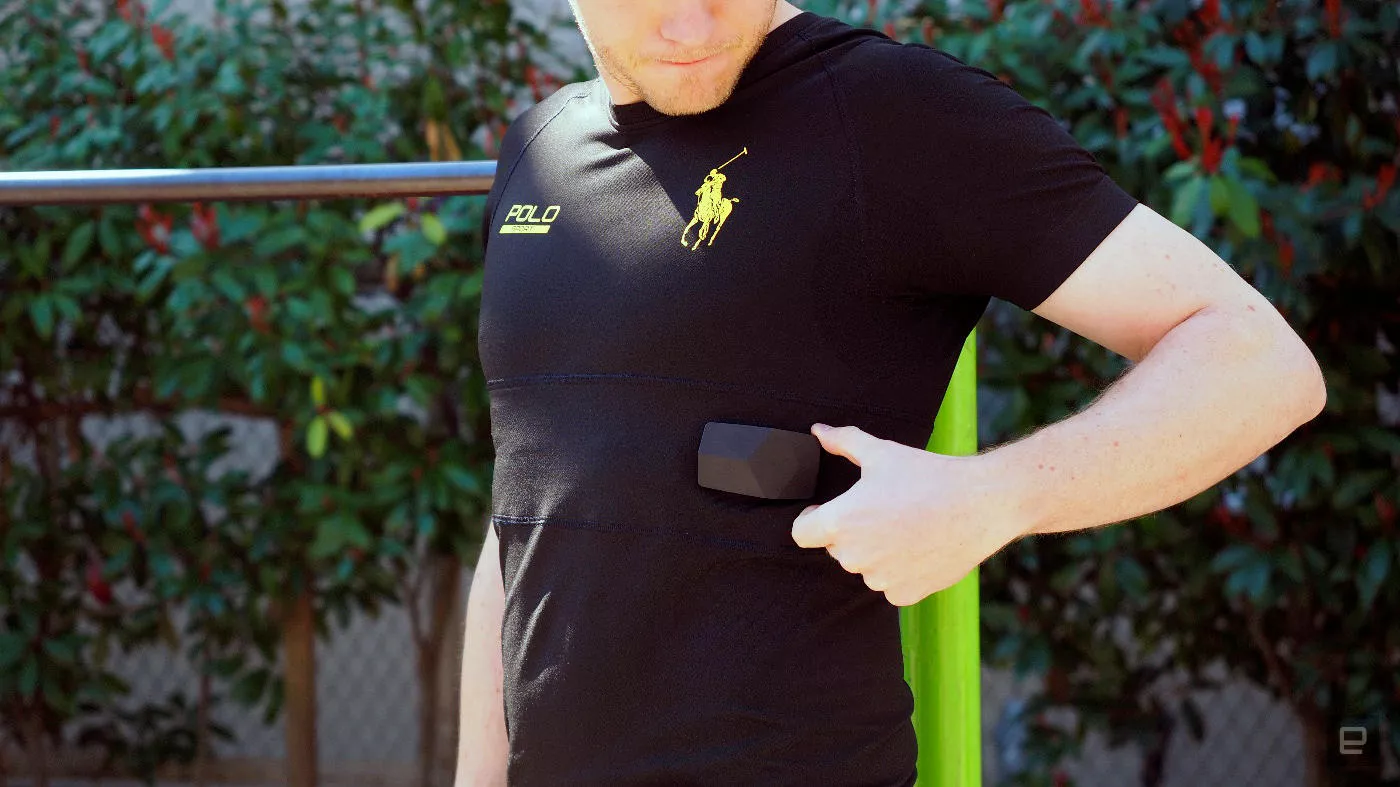
Ralph Lauren’s Smart PoloTech Athletic Wear | Engadget - Iris van Herpen: Known for her couture collection ‘Sensory seas’ inspired by our central nervous system, Van Herpen had merged cutting-edge technology like 3D printing and digital fabrication with haute couture, pushing the boundaries of what fabric can do.
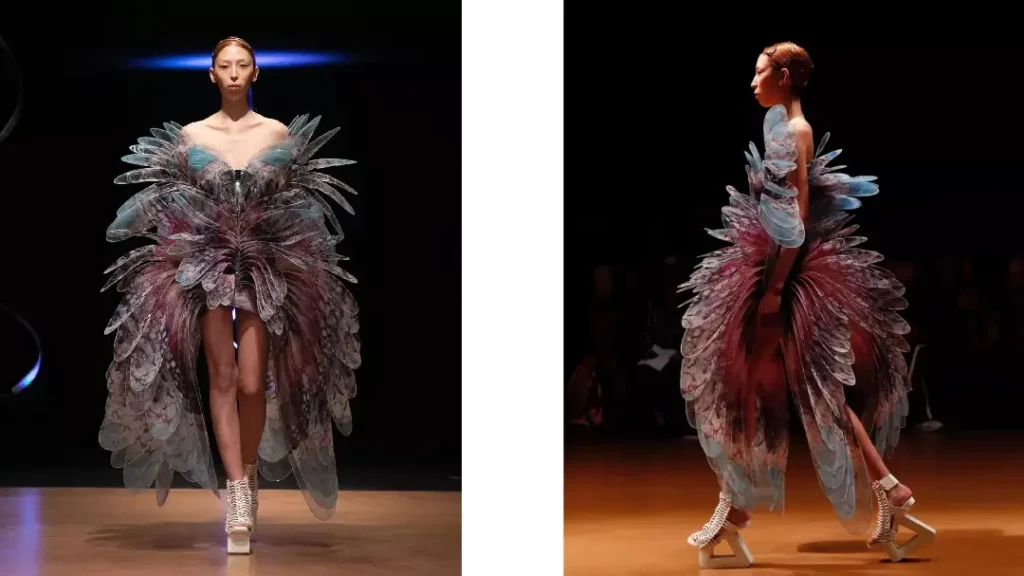
Irisvanhaerpen - Nike: The company has incorporated smart textiles into products like its self-lacing Adapt shoes, which use microchip-controlled technology for a personalized fit.
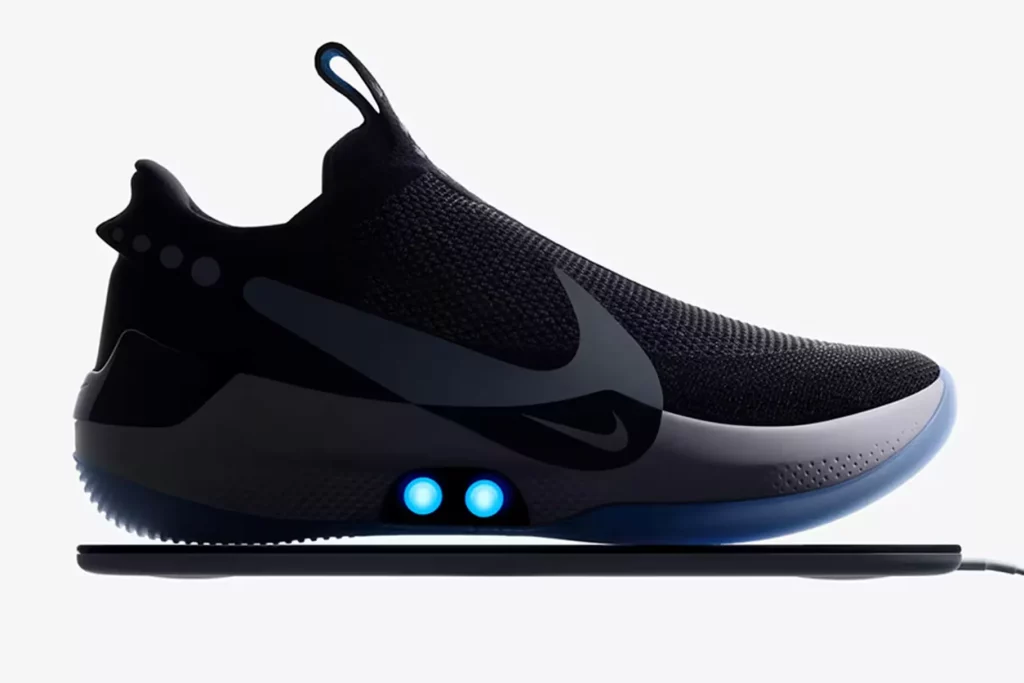
Nike launches Adapt BB, a self-lacing basketball shoe | Nike Despite their promise, smart textiles still face hurdles such as high production costs, limited durability, and challenges in washability and large-scale manufacturing. Consumer acceptance also depends on maintaining comfort and aesthetics while integrating technology seamlessly. Sustainability and data privacy pose additional concerns, as electronic components can create waste and collect sensitive information.
The Future is Seamlessly Woven
The next era of fashion is about wearing intelligence. As technology becomes more affordable, durable, and indistinguishable from conventional fabric, the distinction between a ‘garment’ and a ‘device’ will continue to blur. The ultimate goal is an “electronic skin”, a second skin that senses and assists, fully integrating our well-being and communication into the very threads we wear.
References
- https://mayumiotero.com/visual-technology/smart-textiles-with-programmable-led-patterns-are-transforming-fashion/
- https://www.leelineapparel.com/what-is-smart-fabric/
- https://datatex.com/new-textile-revolution-smart-textiles-and-wearable-electronics/
- https://datatex.com/new-textile-revolution-smart-textiles-and-wearable-electronics/
- https://heuritech.com/articles/fashion-fabric-innovations/
- https://www.smartfashion.news/blog/the-smart-revolution
- https://fabriclore.com/blogs/textiles/impact-of-smart-textiles-on-fashion
- https://knitindiamagazine.com/smart-textiles/
- https://www.rmcad.edu/blog/technology-meets-textiles-the-future-of-fashion-design/
- https://www.nike.com/in/a/nike-adapt-bb-release-info
- https://www.engadget.com/2016-03-18-ralph-lauren-polotech-review.html
- https://www.lofficielusa.com/fashion/iris-van-herpen-avant-garde-runway-moments
- https://www.designboom.com/technology/levi-x-google-project-jacquard-smart-jacket-03-13-2017/
- https://www.youtube.com/watch?v=XuNQoMkFOmQ
- https://www.youtube.com/watch?v=4iZsEwRYjUM
